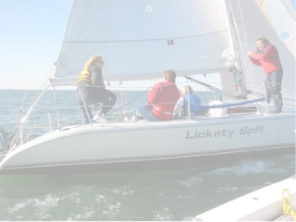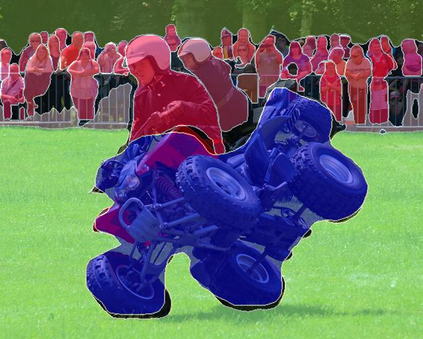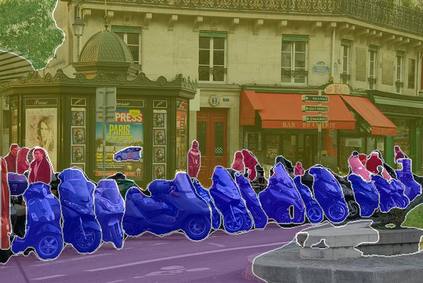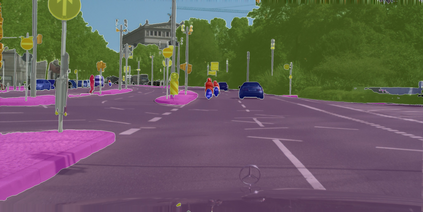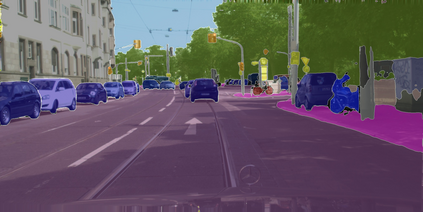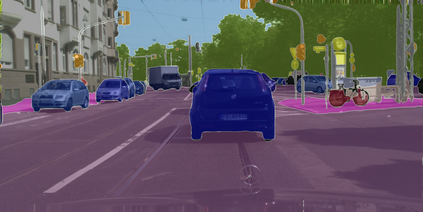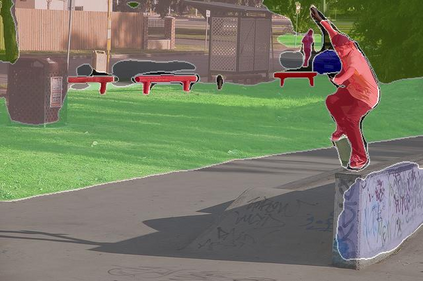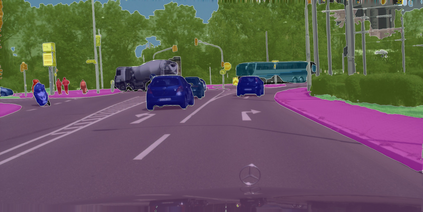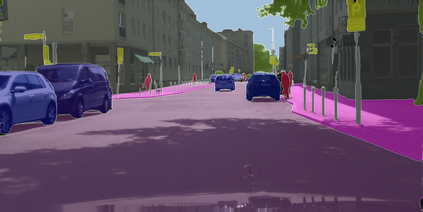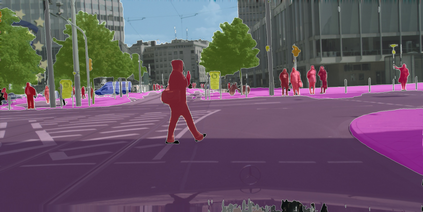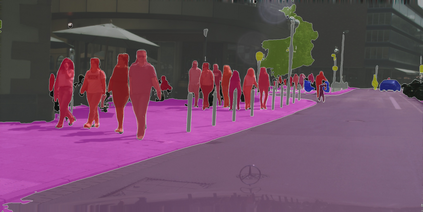The recently introduced panoptic segmentation task has renewed our community's interest in unifying the tasks of instance segmentation (for thing classes) and semantic segmentation (for stuff classes). However, current state-of-the-art methods for this joint task use separate and dissimilar networks for instance and semantic segmentation, without performing any shared computation. In this work, we aim to unify these methods at the architectural level, designing a single network for both tasks. Our approach is to endow Mask R-CNN, a popular instance segmentation method, with a semantic segmentation branch using a shared Feature Pyramid Network (FPN) backbone. Surprisingly, this simple baseline not only remains effective for instance segmentation, but also yields a lightweight, top-performing method for semantic segmentation. In this work, we perform a detailed study of this minimally extended version of Mask R-CNN with FPN, which we refer to as Panoptic FPN, and show it is a robust and accurate baseline for both tasks. Given its effectiveness and conceptual simplicity, we hope our method can serve as a strong baseline and aid future research in panoptic segmentation.
翻译:最近推出的全光分解任务使我们社区重新有兴趣统一试样分解(物品类)和语义分解(物品类)任务(物品类)和语义分解(物品类)任务。 然而,目前这一联合任务的最新方法不仅对分解有效,而且对分解产生一种轻量、性能最强的方法。 在这项工作中,我们致力于在建筑一级统一这些方法,为这两项任务设计一个单一的网络。我们的方法是用一种流行的分解方法,即用一个语义分解分支,使用一个共同的地貌性金字网(FPN)主干线。令人惊讶的是,这一简单基准不仅对分解仍然有效,而且产生一种轻度、性能最强的方法。在这项工作中,我们详细研究了与FPN(我们称之为Panpopicific FPN)一起最短的、最短版的面罩 R-CNN,并表明它是两种任务的可靠和准确的基线。鉴于其有效性和概念简单性,我们希望我们的方法可以作为一个强大的基线,并且有助于未来在全光谱分区的研究。

